The communication tool SBAR (situation, background, assessment and recommendation) was developed to increase handover quality and is widely assumed to increase patient safety. (BMJ, 2018). It is the gold standard among all clinical professionals for discussing patients within the clinical setting by all multidisciplinary teams. SBAR can be used very effectively to escalate a clinical problem that requires immediate attention as well as to facilitate efficient handover
SBAR was originally developed by the United States military for communication on nuclear submarines, but has been successfully used in many different healthcare settings, particularly relating to improving patient safety (NHS Improvements, 2018). SBAR can be used very effectively to escalate a clinical problem that requires immediate attention, or to facilitate efficient handover, SBAR prevents the hit and miss process of ‘hinting and hoping (Institute for innovation and improvement, 2010).
When serious clinical errors occur the most common root cause of these is inadequate verbal and written communication. There are some fundamental barriers to communication across different disciplines and levels of staff. These include hierarchy, gender, ethnic background and differences in communication styles between disciplines and individuals. Communication is more effective in teams where there are standard communication structures in place. This is where SBAR can add real value.
SBAR can be used in any setting but is particularly useful in improving communication across all disciplines and between different level of staffs (NHS improvement UK).
The SBAR process consists of four standardised stages or ‘prompts’ that help staff to anticipate the information needed by colleagues and formulate important communications with the right level of detail.
| Situation | Patient’s name, age, presenting complaint |
| Background | History of presenting complaint, previous medical history, drug history, allergies |
| Assessment | Clinical observations, signs and symptoms |
| Recommendation | What would you like to see done? i.e. patient needs to be reviewed by GP or requires transfer to A&E |
References:
- BMJ, 2018, Impact of the communication and patient hand-off tool SBAR on patient safety: a systematic review
- Institute for innovation and improvement, 2010, Safer Care SBAR
- NHS Improvements, 2018, SBAR communication tool- Situation – Background – Assessment – Recommendation
Written by Jen Clayton (ECG, Freelance trainer), Tuesday 25th February 2020












